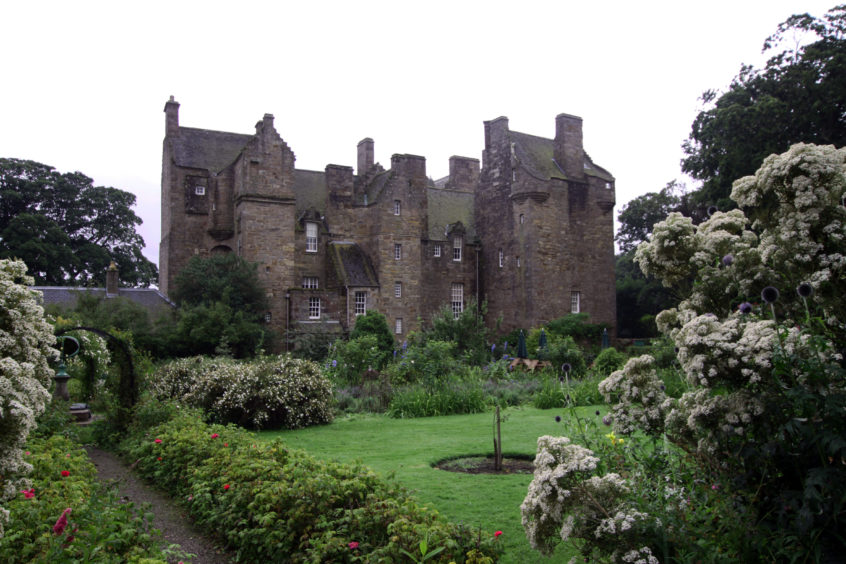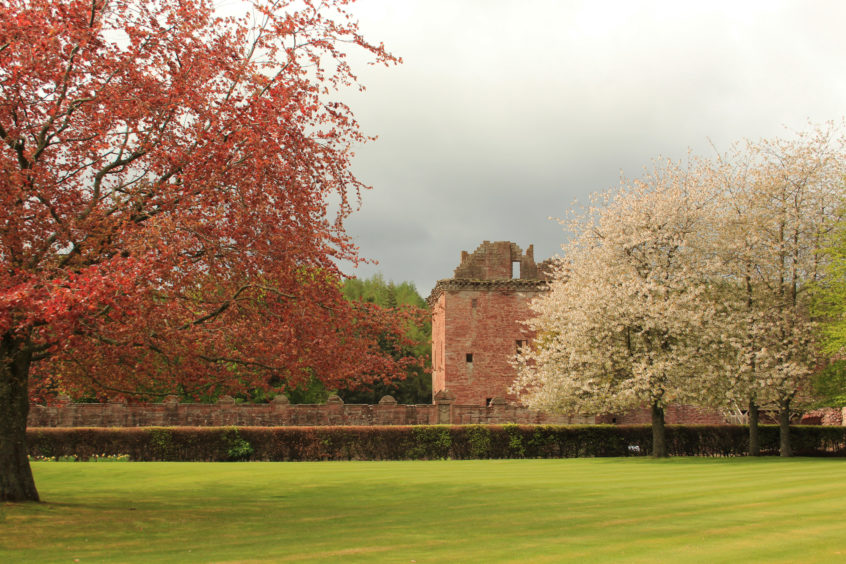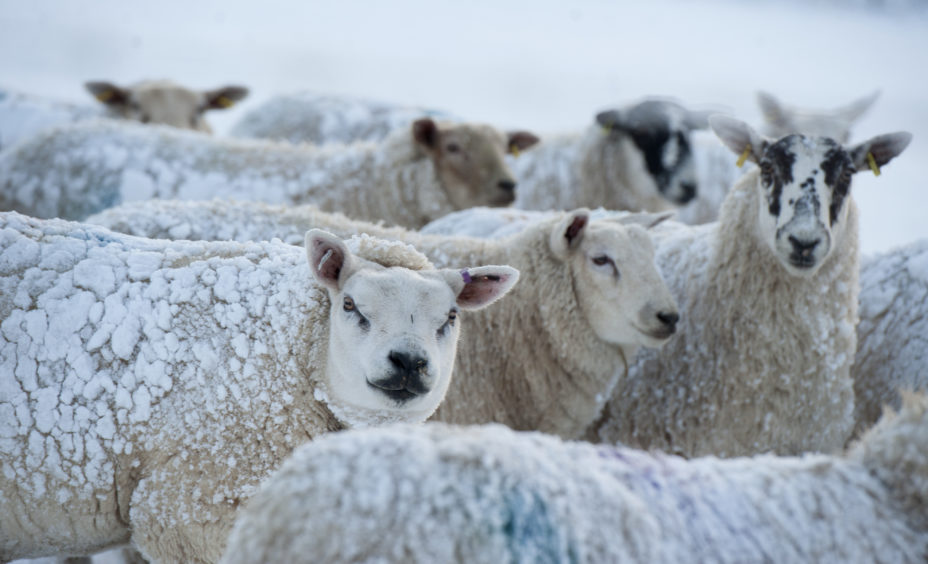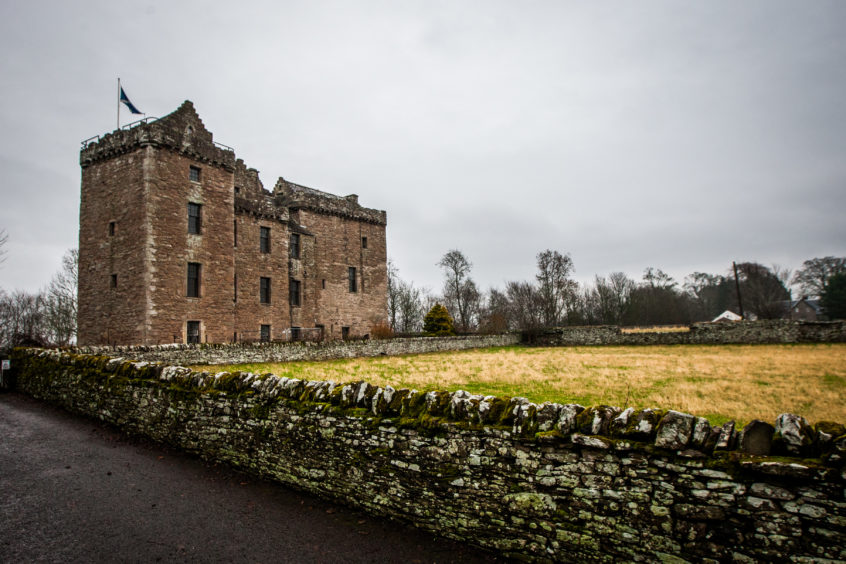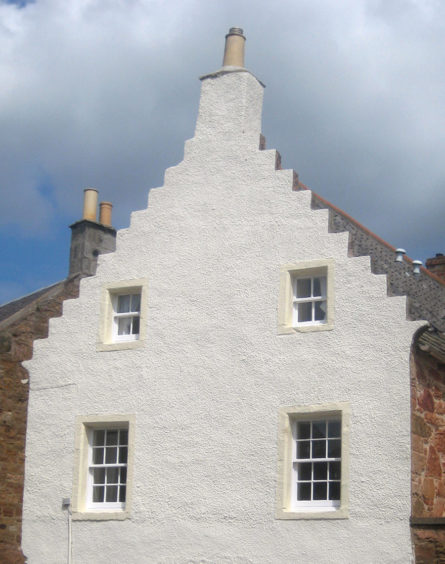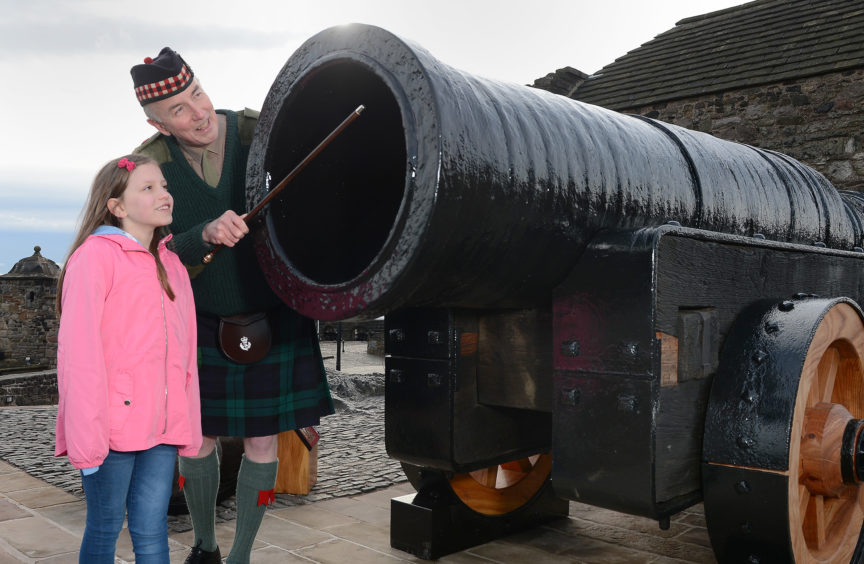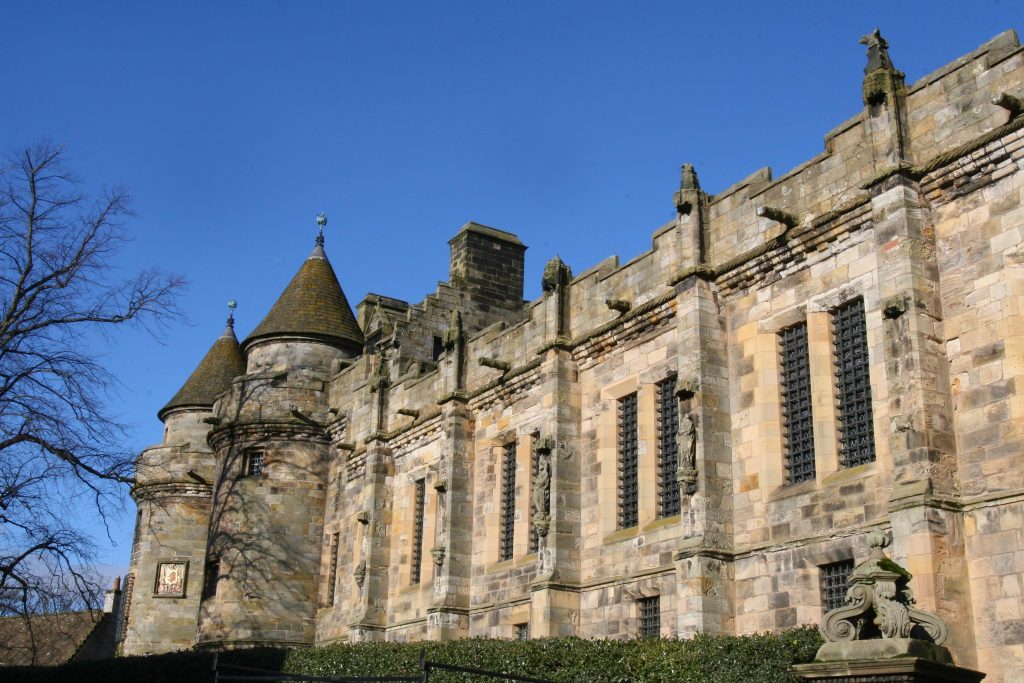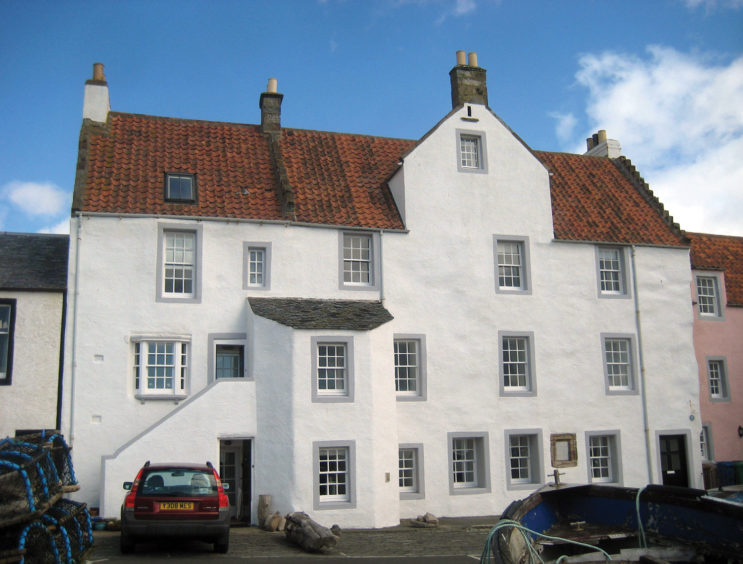With European relations in the spotlight, Dr Alex Fleming of St Andrews University tells Michael Alexander about centuries of Flemish migration to Courier Country.
Migration has never been far from the news over the past decade whether it’s been issues surrounding the numbers of eastern Europeans settling in Scotland or debate over the number of refugees we should or shouldn’t take from Syria.
The 2016 European Union referendum and subsequent Brexit has also concentrated minds about Britain’s relationship with the continent.
But it’s historic immigration from Flanders – in northern Belgium – which has been the focal point of work by retired St Andrews University academic and banker Dr Alex Fleming who recently co-edited a book with Professor Roger Mason called ‘Scotland and the Flemish People’.
The publication has drawn on research undertaken by the Institute of Scottish Historical Research at St Andrews University and examines a migration group that came to Scotland over a 500-year period starting in the 12th century.
While it’s probably an exaggeration to say that up to a third of the current Scottish population may have had Flemish ancestors, Dr Fleming said there’s no doubt Scotland is a “mongrel nation” with a long tradition of welcoming migrants from the continent and plenty evidence to attest to their impact.
“The earliest Flemish settlers in Britain came with William the Conqueror’s invading force in 1066,” said Dr Fleming, an economist, now retired, who held positions at the Bank of England, The World Bank and St Andrews University. He was awarded an Honorary LLD by the university in 1999.
“The Flemish had the right wing of the battle formation.
“They were closely allied with the Normans, not least because William’s wife was the daughter of a count of Flanders.
“William rewarded the Flemish for their help with land in England.
“So an initial Flemish foothold in England was established.
“Some 60 years later David I ascended to the Scottish throne and his wife Maud, of Flemish heritage, came up from England with him accompanied by a retinue of her kinsmen.
“The areas of Scotland most associated with the settlement of these Flemings were Upper Clydesdale and Moray but Fife, Angus, and Perthshire also played host to these early incomers.”
Dr Fleming explained that more Flemish likely came north to Scotland when in 1154, English King Henry II expelled all mercenaries, a good number of whom were Flemish, from England.
The mercenaries had ravaged England during the civil wars that had disfigured the reign of Henry’s predecessor, Steven (1135-54).
But there were other developments in Flanders itself that were to lead to an outward migration.
There was a very productive trading relationship between Flanders and Scotland between the 12th and 15th centuries.
Much of this involved the export to Flanders of Scottish wool and other sheep related products with high-end goods of various types flowing in the opposite direction.
During the 13th and 14th centuries, the weaving industry rapidly developed in Flanders leading to an increasing call on land for sheep grazing.
This was accompanied by a significant growth in the population of Flanders. This overpopulation led to people leaving Flanders for economic reasons. Some may have come to Scotland.
Moreover, with the strong trading linkage Flemish merchants came to the eastern burghs of Scotland such as Aberdeen, Dundee, Perth, Edinburgh, and Berwick (when under Scottish control) as well as the coastal villages adjoining the Forth Estuary.
“In the late 16th century, the Scottish government recognised the benefit of encouraging Flemish weavers to settle in Scotland,” explained Dr Fleming.
“Acts of Parliament were passed in 1581 and 1587 that provided economic incentives for them to settle in Scotland and train young Scots in the art of weaving.
“In the 16th and 17th centuries another phase of Flemish migration to Scotland took place, although the numbers of people involved may have been relatively small.
“The root cause of this was religious persecution.
Reformation ideals found great support in the cities of Flanders, where there had been a long-held tradition of freethinking, autonomy, and openness.
“But the Catholic Spanish rulers of Flanders sought to aggressively stamp out these ideals encouraging many Flemish to flee.”
Dr Fleming said the lasting imprint of the Flemish in Scotland and Courier Country in particular can be discerned in various ways.
“The clearest physical imprint is seen in existing structures of various types,” he said.
“The Flemish were renowned for being builders of defensive fortifications in the medieval period and evidence of this can still be seen today in mottes – that is, earthen mounds that supported wooden bailey stockades – in various parts of Scotland as well as the remains of castles.
“Examples in Fife include Kellie, Loch Leven and Aberdour castles and a motte at Leuchars. Near Perth, Huntingtower Castle has a Flemish origin as has Edzell Castle in Angus.
“Various towns and villages in Scotland also bear witness to Flemish settlement, as evidenced by some place names. In Fife for instance there was a place named Fleming-Beath while in the area north of the Tay there was a Flemingis-Land and a Flemington.”
Dr Fleming said there has also been a discernible Flemish influence on Scottish architecture. This can be most readily seen in the pan tiles and crow steps that are features of a number of villages in Fife on the north side of the Forth estuary where Flemish incomers may have settled.
Some Scottish churches have also benefited from a Flemish influence. For example, a Flemish craftsman, Peter Flemisman, carved statues for the exterior of Falkland Palace while a notable example of Flemish metalwork that has survived is the gilded brass chandelier in St John’s Church, Perth.
Maynard the Fleming, who lived in Scotland in the early Middle Ages, has been credited with the architectural layout of St Andrews. Indeed, his street plan survives to this day.
A number of more subtle influences includes the absorption of Flemish words into the Scottish vocabulary.
The Flemish influence on the Scots language is felt particularly in fields where there were significant areas of contact, for instance trade and cloth. But there are other commonly used Scots words that originated in Flanders.
The Scots word “scone”, for instance, was derived from the Flemish “schoon”.
“More controversial perhaps is the role that the Flemish are believed to have played in the formation of the games of golf and curling,” said Dr Fleming.
“Both games may well have had their origins in Flanders, being brought to Scotland by migrants and traders in the medieval period. They were then refined and adapted in the Scottish context evolving into the popular games we know today.”
Surnames such as Fleming, Sutherland, Murray, Innes, Douglas, Lindsay, Dowie, Frame and Crabbe are also amongst those with likely Flemish links.
*Scotland and the Flemish People, edited by Alexander Fleming and Roger Mason, is published in Great Britain in 2019 by John Donald, an imprint of Birlinn Ltd.

